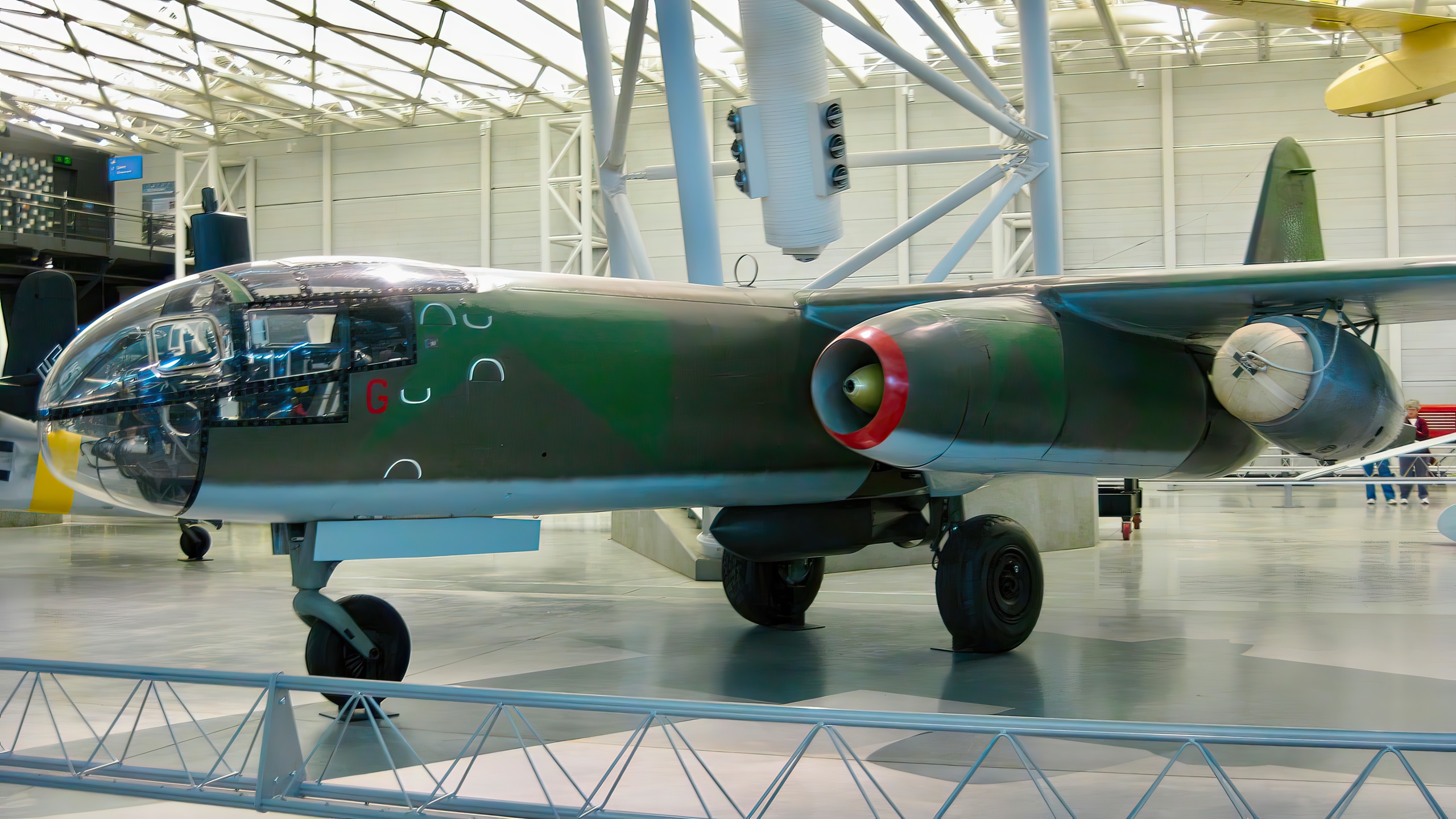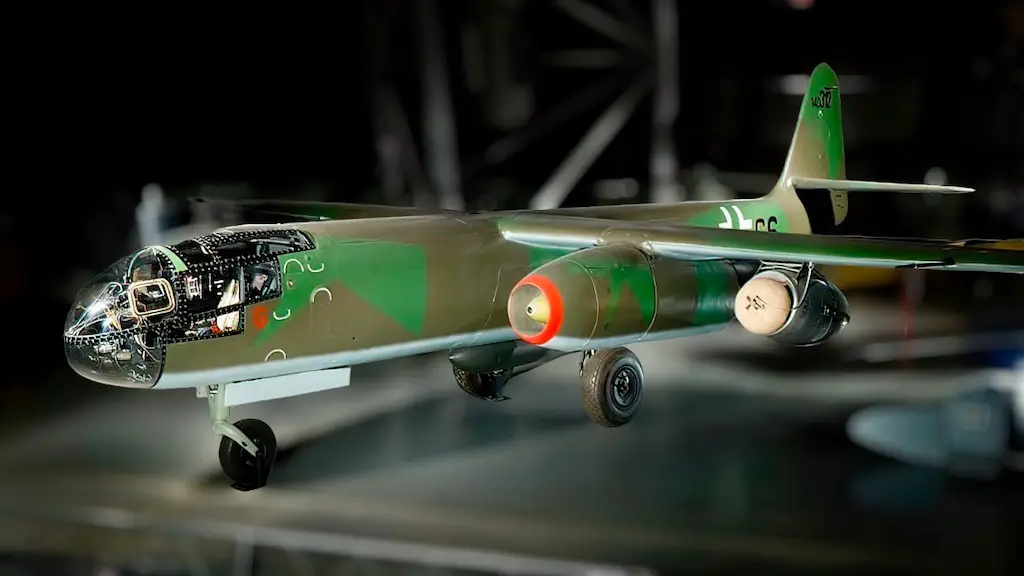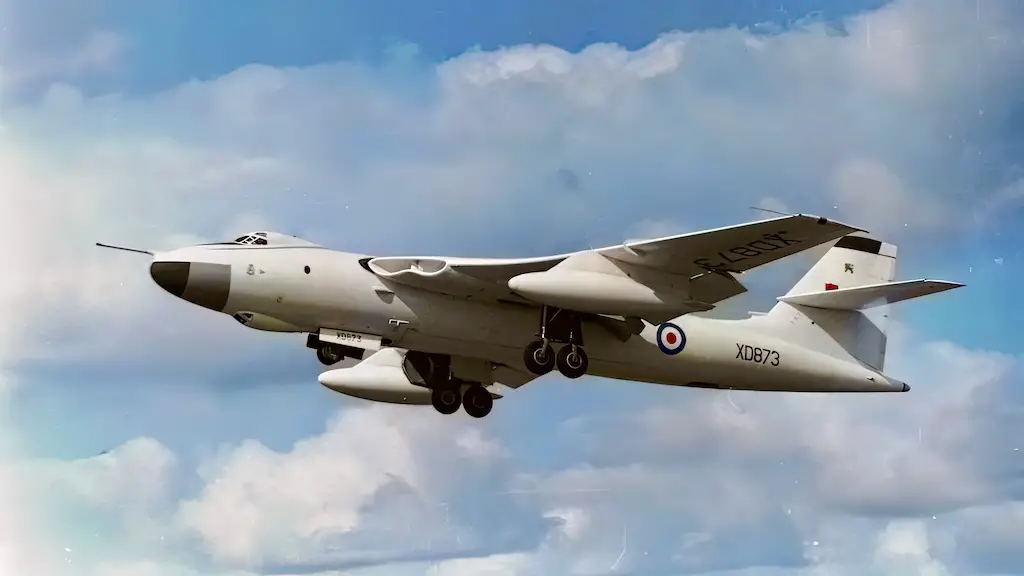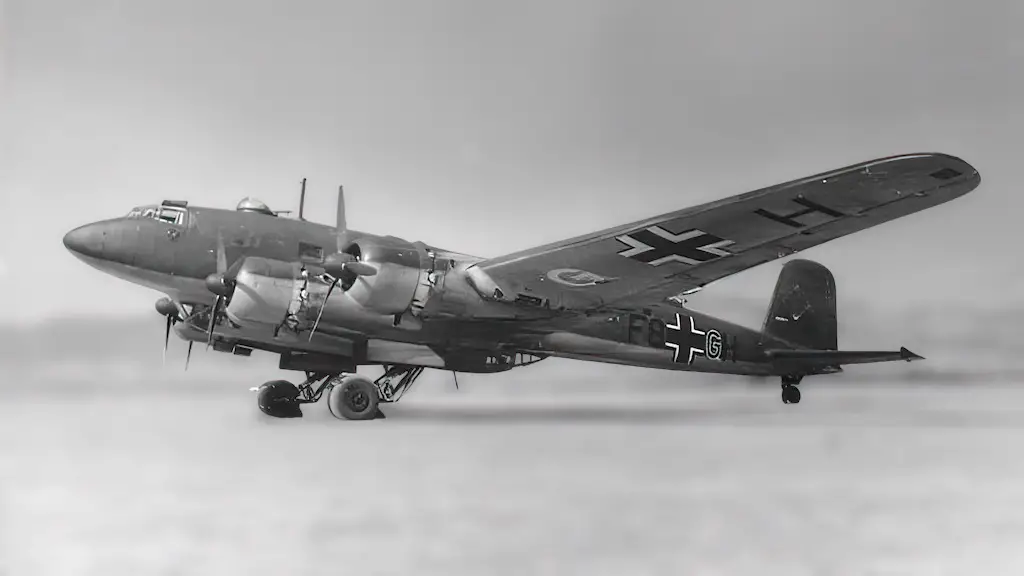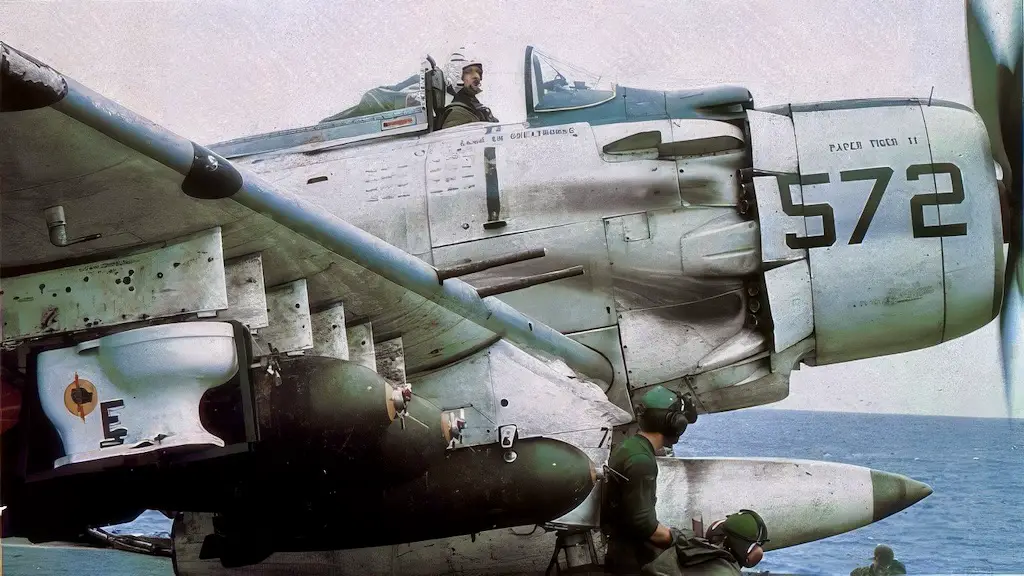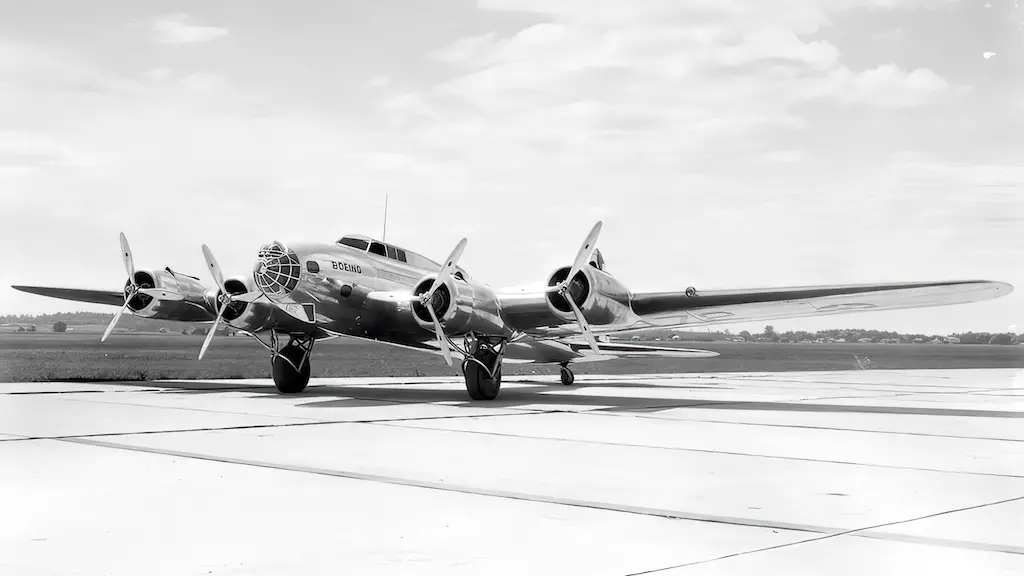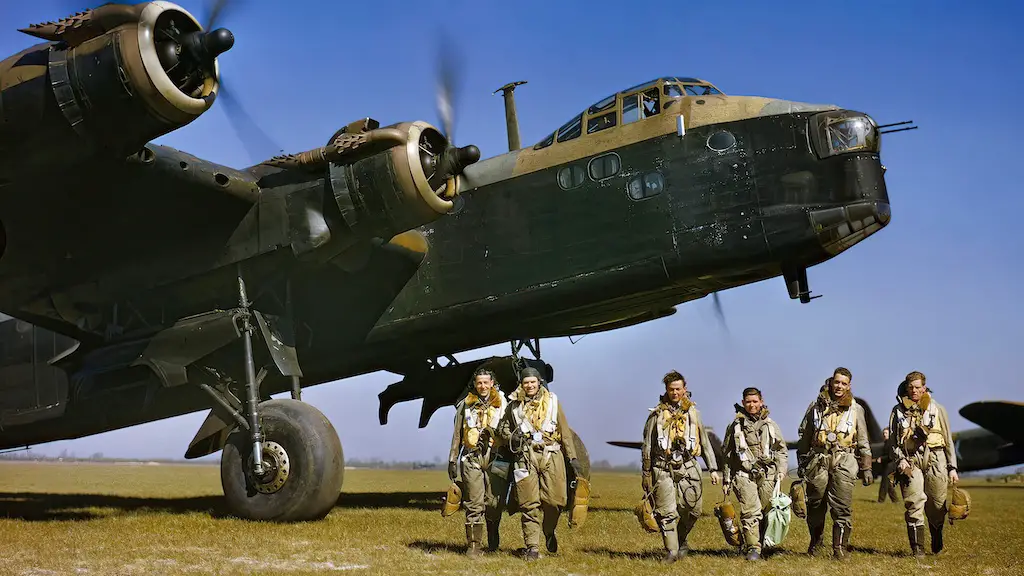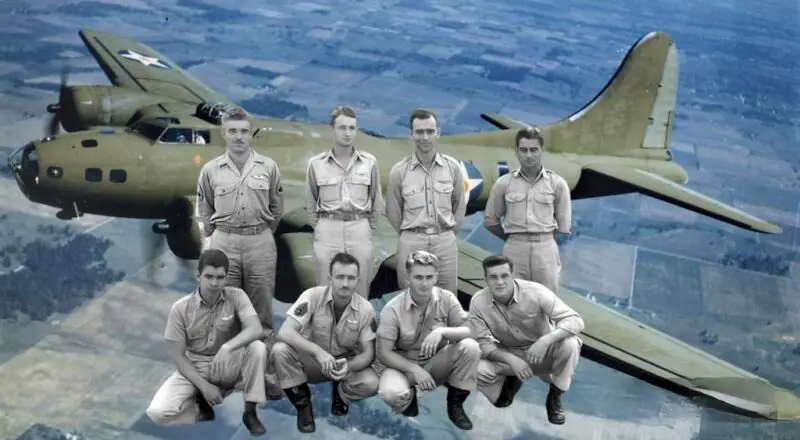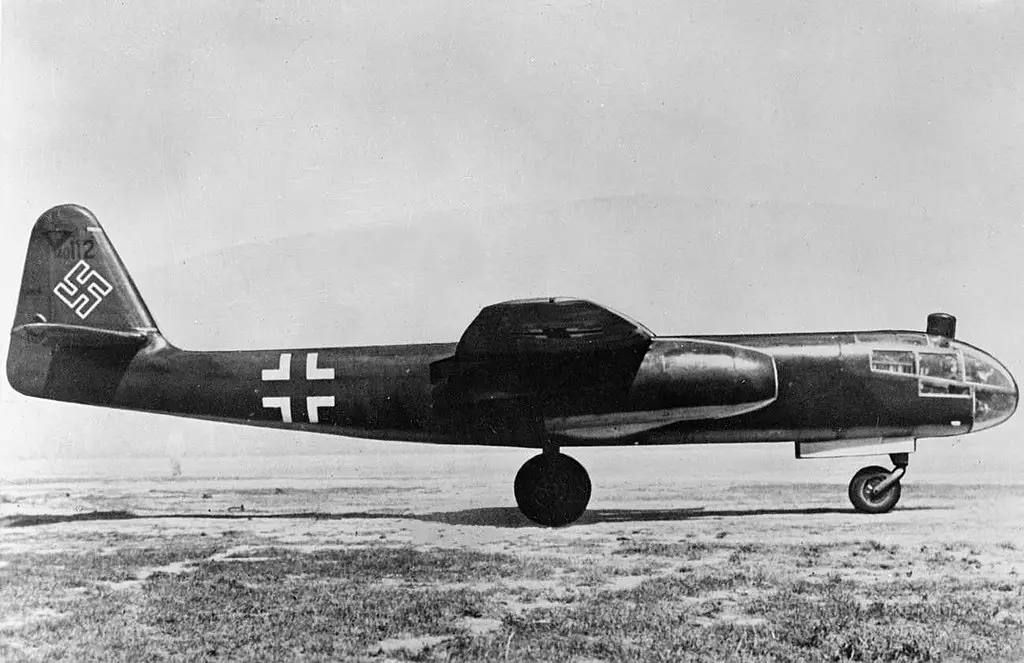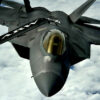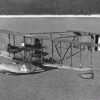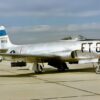Unfolding the Blueprint
In the throes of World War II, the world witnessed a breathtaking invention – the Arado Ar 234. This brainchild of Walter Blume, director of the Arado company, was conceived during the winter of 1940. However, the design phase took its sweet time, only completing towards the end of 1941. The Arado 234 emerged as a light bomber that served to meet the Luftwaffe’s urgent demand for a fast reconnaissance aircraft.
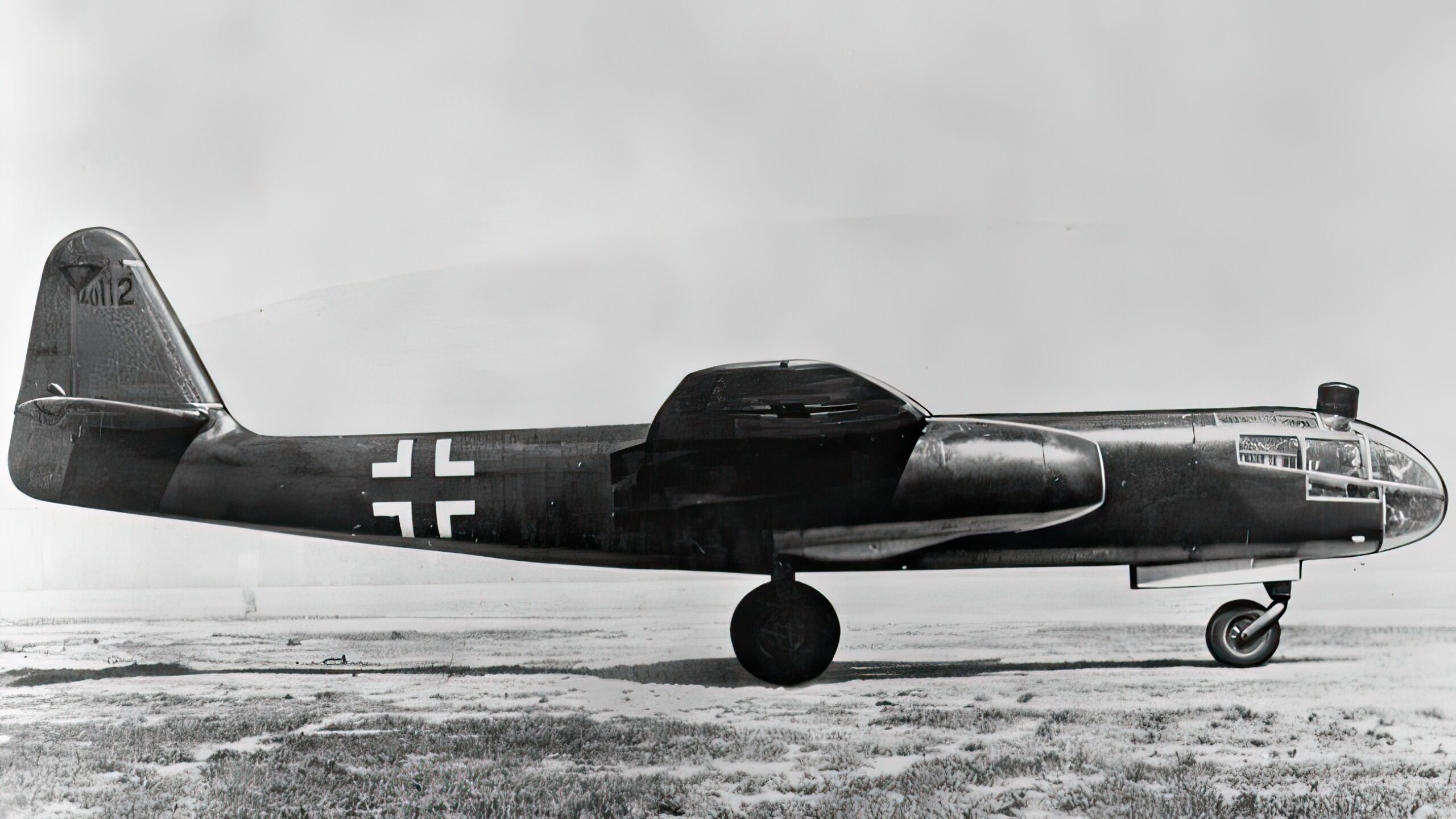
The Arado Ar 234’s Engines
In the heart of this jet, the Jumo 004B turbojets played a pivotal role. These engines, developed by Junkers in Germany, possessed the prowess of propelling the Arado Ar 234 at a top speed of approx 460 mph. Their uniqueness lay in their axial-flow design, a groundbreaking concept during the 1940s. With each engine offering a thrust of about 900 kg, the combined power pushed the boundaries of what was achievable in flight speed and altitude during the era.
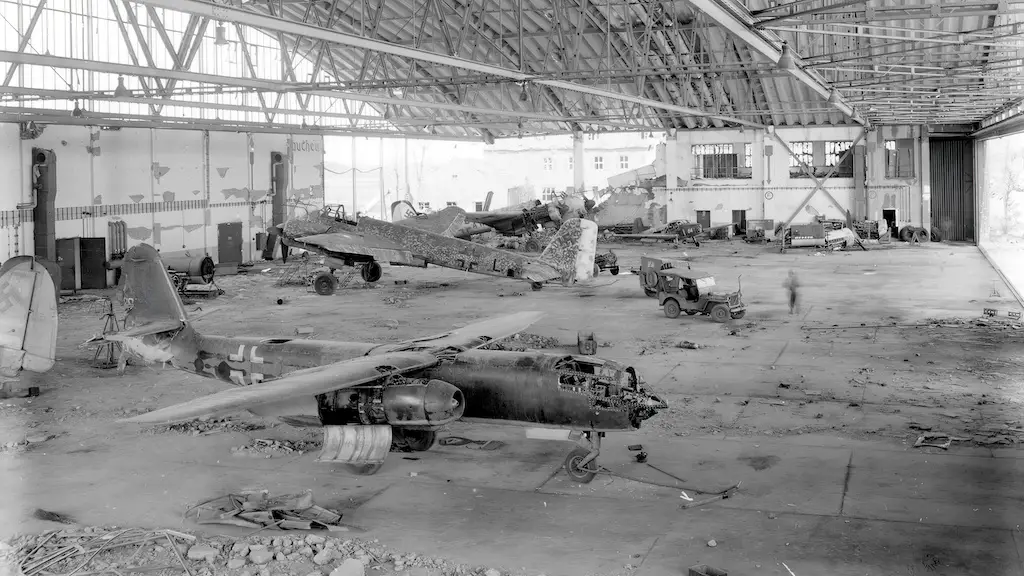
Reconnaissance Missions
The Arado Ar 234’s operational history began with an engaging twist in August 1944. In its first mission, the aircraft soared high above the Allied beachhead in Normandy. The mission was purely reconnaissance in nature, but the speed and altitude the Arado Ar 234 could reach made it virtually untouchable. It danced through the skies undetected, leading to its memorable nickname, “The Invisible Aircraft.”
The Transition to a Bomber
As the tide of war started to shift, so did the role of the Arado Ar 234. By December 1944, the German Luftwaffe faced dire times during the Battle of the Bulge, and desperation forced a tactical shift. From its original reconnaissance role, the Arado Ar 234 was repurposed as a bomber. Its remarkable speed, paired with its bomb-load capacity, made it a formidable force during this critical military campaign.
Last Days of the Arado Ar 234
In the dwindling days of the war, the Arado Ar 234 continued its operations. Despite the challenges, its pilots completed some of the last reconnaissance flights over Britain. However, as the war entered its final phase, the severe shortage of fuel limited the jet’s usage. The curtain fell on the operational history of the Arado Ar 234 with the capitulation of Germany in May 1945. The once “invisible” jet, a marvel of technology, became a ghost of its time.
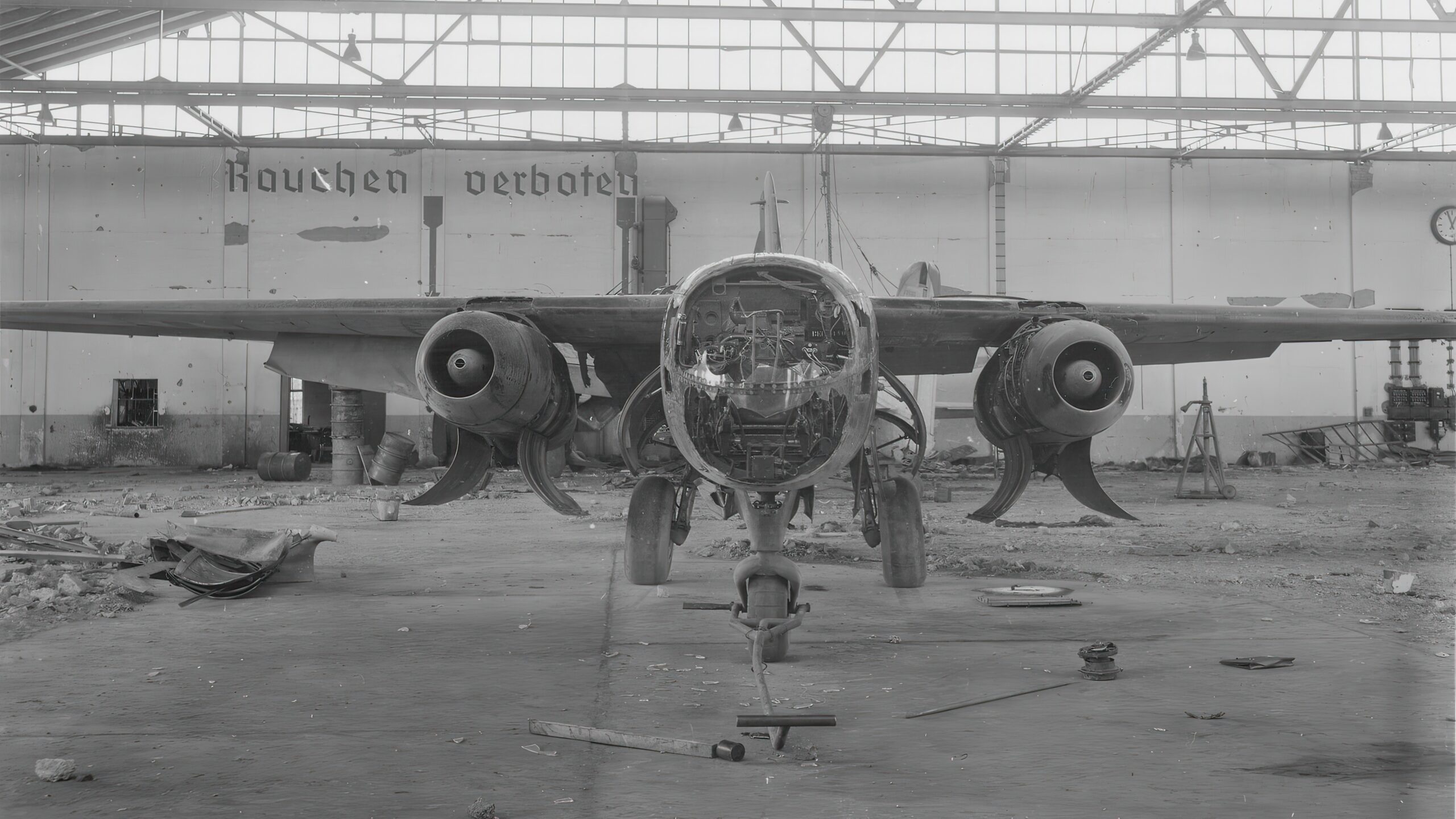
A Futuristic Marvel, Yet No Game Changer
The Arado Ar 234 was undeniably a prodigy of its time, but it couldn’t alter the course of the war. Its introduction came too late, and the industrial capacity of Germany during the final years of the war did not allow for its mass production. Only about 210 units saw the light of day before Germany’s surrender.
Moreover, the operational use of the aircraft posed numerous challenges. High-speed landing accidents were frequent, partly due to the absence of a forward view for the pilot, making it a perilous machine to operate.
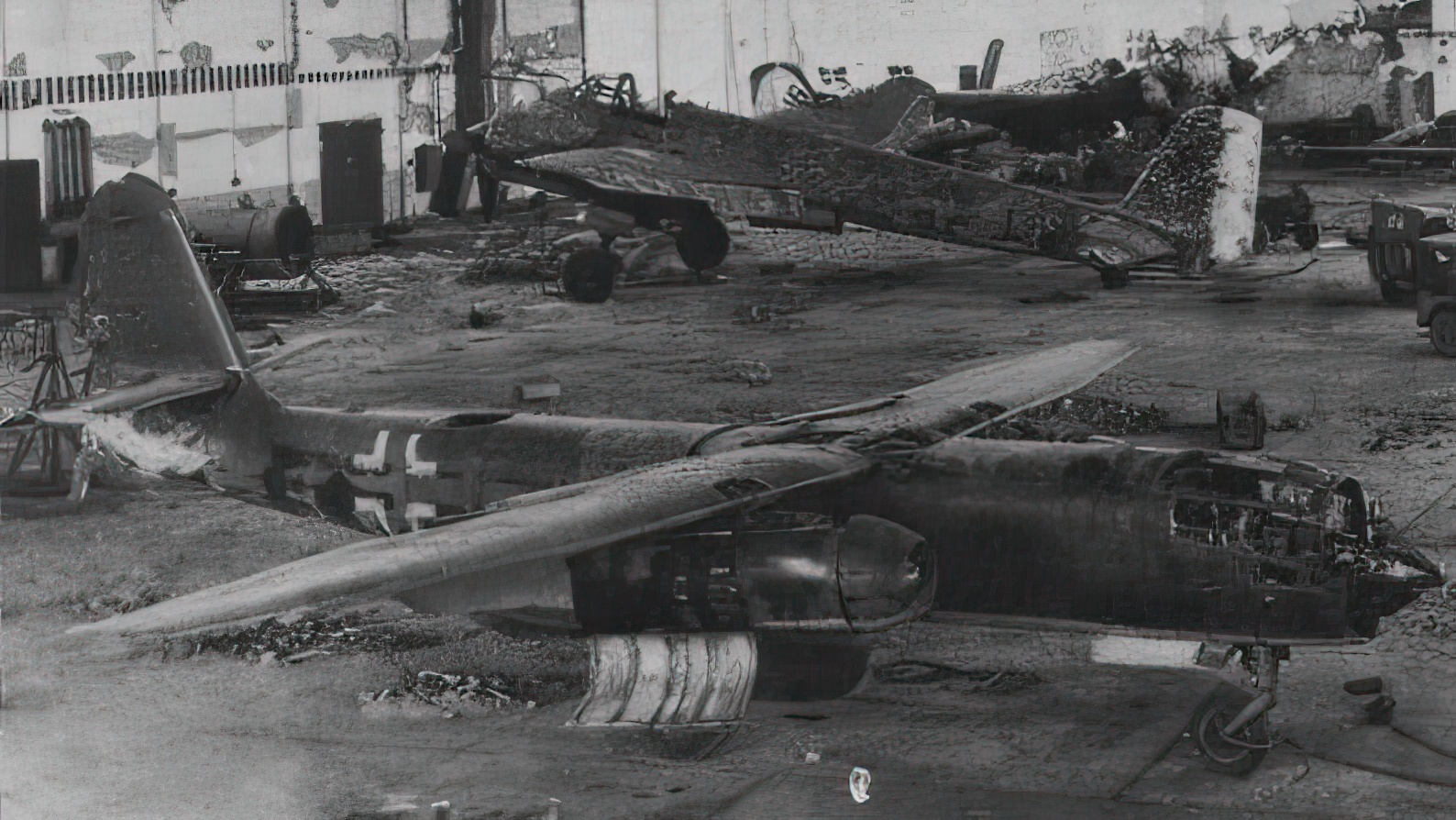
The Fate of the Remaining Arado Ar 234
The post-war era spelled a curious fate for the remaining Arado Ar 234 aircraft. Post-surrender, several units fell into the hands of the victorious Allies, who were keen to dissect and study these mechanical marvels.
A notable instance was the Arado Ar 234 B-2 bomber, designated as “FE-1010” by the Americans. Seized at a Danish airfield, this Arado Ar 234 was promptly transported to the United States, becoming a crucial element of Operation Seahorse. In the ensuing years, this captivating piece of technology embarked on a journey through numerous U.S. military bases, where it garnered attention and fueled research.
Meanwhile, British forces claimed an Ar 234 B-2 from Sola Airfield in Norway. This unit, named “T9+MK,” underwent extensive testing and evaluation at the Royal Aircraft Establishment in Farnborough. The insights gathered from these examinations significantly influenced the development of British jet aviation technology in the years to come.
Despite their post-war journeys, very few Arado Ar 234s survived the passage of time. Today, the only completely preserved Ar 234 resides at the Smithsonian’s National Air and Space Museum in Washington, D.C., serving as a poignant testament to the jet’s pioneering role in aviation history.
